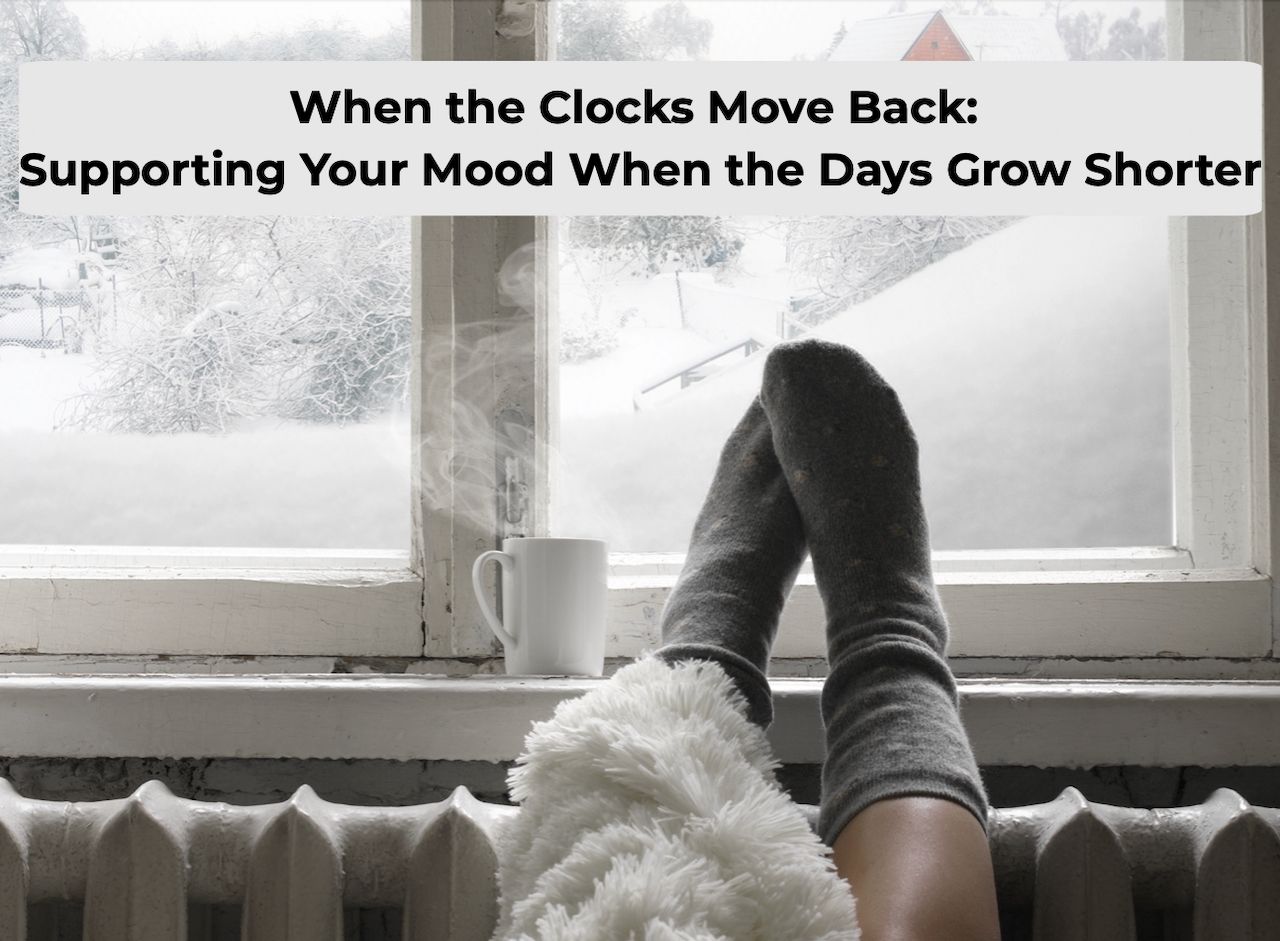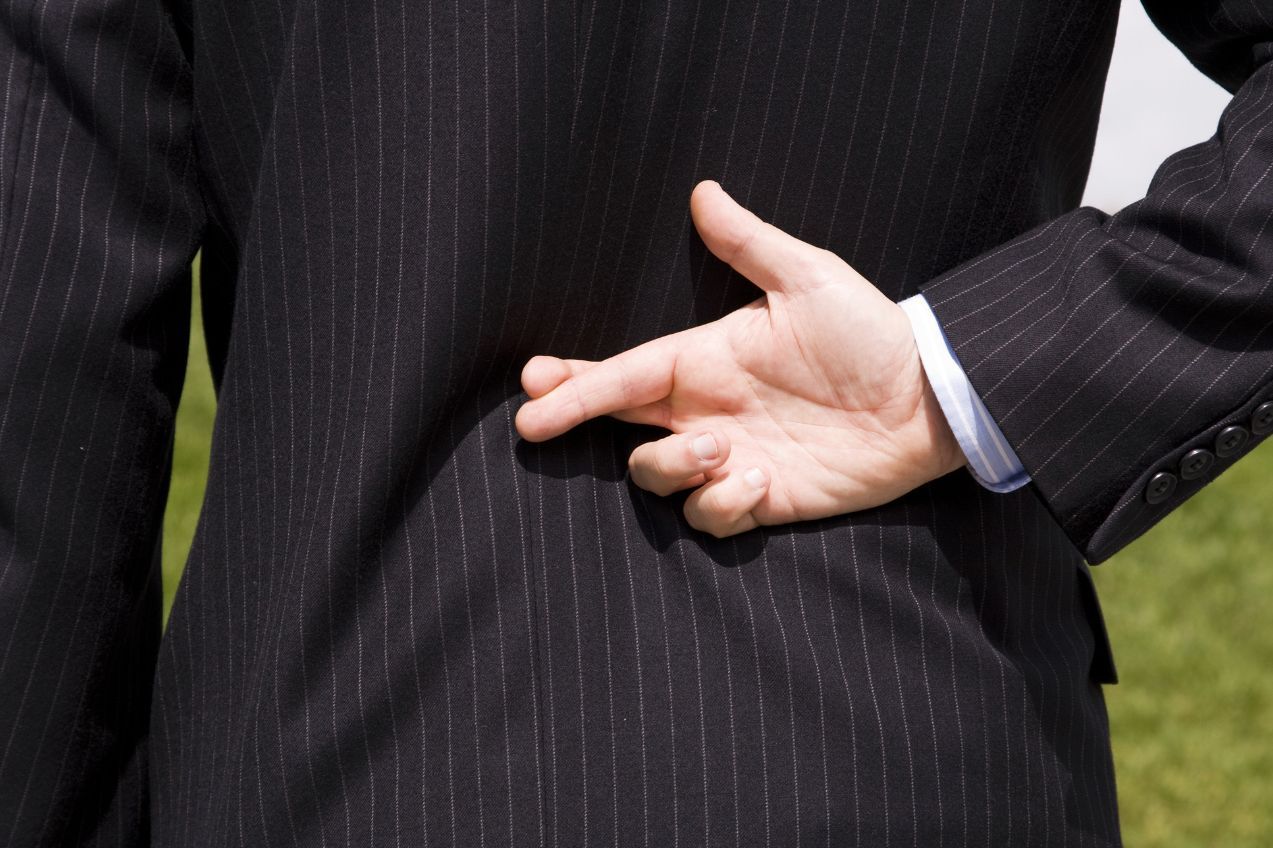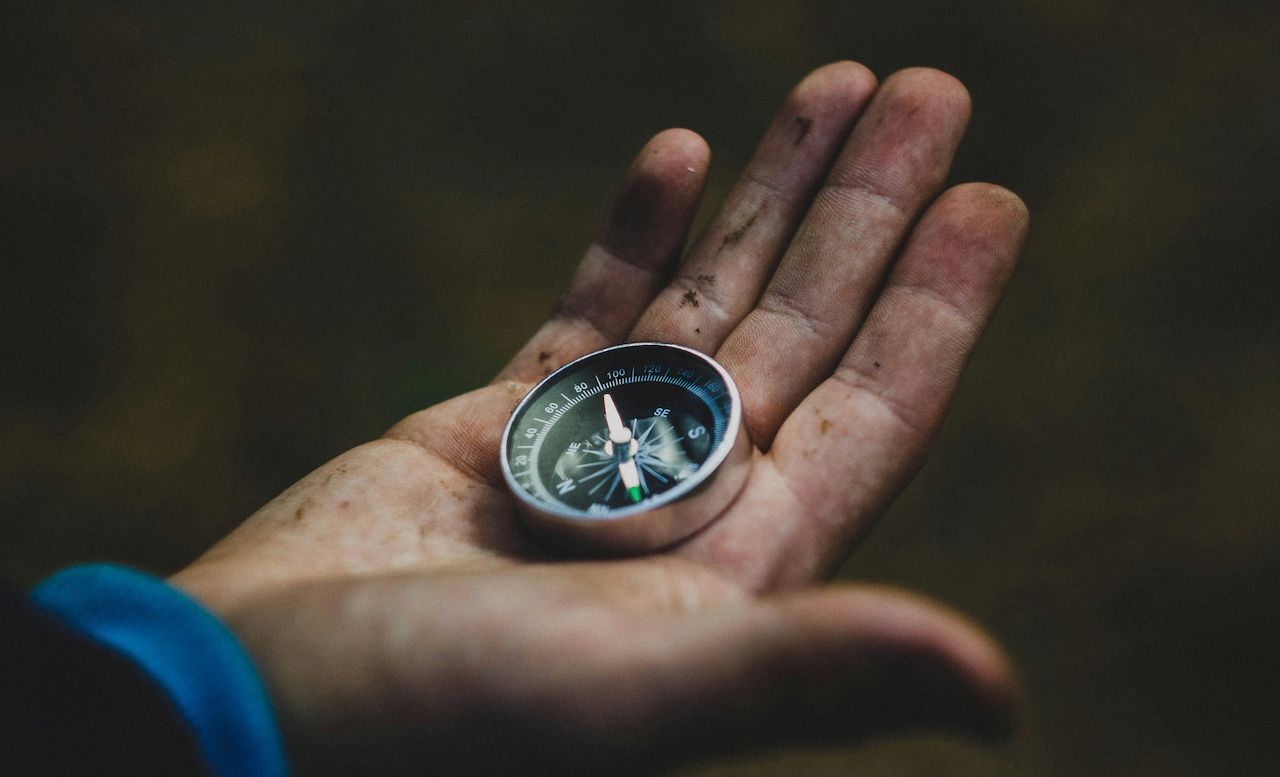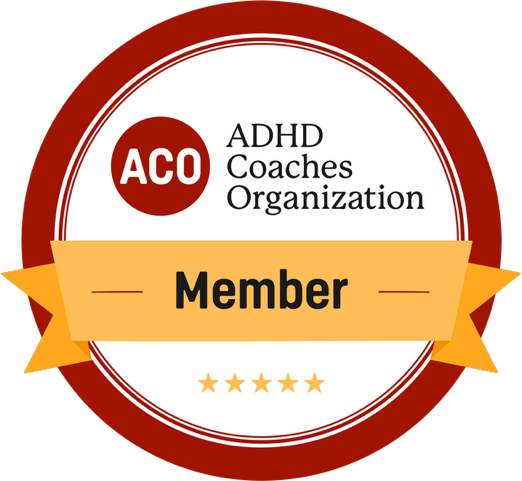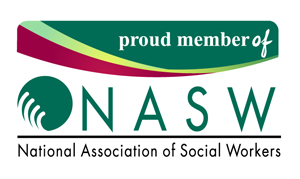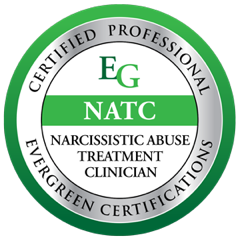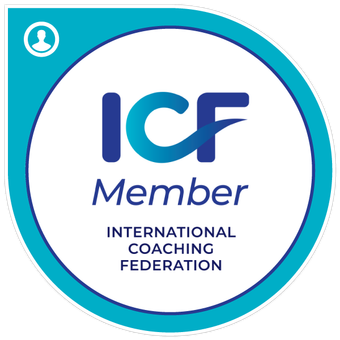Decision Fatigue Is Real—And You’re Not Lazy for Feeling It
How to spot it early, recover your mental energy, and make more intentional choices
If you’ve ever found yourself staring blankly at a menu, putting off simple tasks, or feeling paralyzed by whether to tackle the laundry or your inbox—you might be dealing with decision fatigue.
And no, it doesn’t mean you’re lazy or unmotivated. It means your brain is tired.
What Is Decision Fatigue?
Decision fatigue is a form of cognitive overload that happens when your brain gets worn down by the sheer volume of choices you make throughout the day. The more decisions you make—big or small—the more effort each one takes. Eventually, your brain’s ability to evaluate options, weigh consequences, and make thoughtful choices starts to erode.
You might:
- Procrastinate or avoid choosing altogether
- Snap at small things that normally wouldn’t bother you
- Say “yes” to something you didn’t really want to do
- Freeze and do nothing
- Numb out with scrolling, snacks, or distractions
This isn't about lacking willpower—it's about being overdrawn. Like a phone running on 3%, your brain needs to recharge before it can function well again.
Why It Happens (Especially to Certain Brains)
Some people are more prone to decision fatigue than others. If you live with ADHD, anxiety, trauma, or are in a high-demand caregiving or leadership role, you may be using a lot more energy to make even “simple” decisions.
That’s because:
- ADHD brains often burn extra fuel on organizing, sequencing, and prioritizing
- Anxious brains tend to second-guess and overanalyze
- Perfectionists try to get every decision ‘right’—often at a cost
- People pleasers make choices based on what others want—not what they need
So even though you might look “high functioning” on the outside, your mental battery might already be in the red before lunch.
Why It Matters
Unchecked decision fatigue can lead to burnout, resentment, or a sense of spinning your wheels. It also disconnects you from your values—because when you’re maxed out, you’re more likely to make reactive, short-term choices (or none at all).
That’s why it’s so powerful to
notice and address
decision fatigue early—or better yet, plan for it.
Your Mini Reset: 4 Steps to Navigate Decision Fatigue
The Decision Fatigue First Aid handout breaks the recovery process into four simple steps you can use anytime your brain hits a wall:
Step 1: Quick Self-Check
Ask yourself:
- What’s draining me right now?
- Am I mentally tired, emotionally flooded, or disconnected?
- How am I doing with sleep, food, movement, and rest? →You don’t need to fix it all—just notice and breathe.
Step 2: Reset Your Brain
Pick one thing:
- Drink water
- Move or stretch
- Do a 2-minute brain dump
- Use a sensory tool (warm mug, candle, fidget) This isn’t procrastination—it’s a reset.
Step 3: Sort the Decision
Try the 4Ds:
- Delay – Can this wait?
- Delegate – Can someone else decide?
- Default – What’s “good enough” for now?
- Do
– What’s the next smallest step?
→ You don’t have to solve everything. Just move one thing forward.
Step 4: Notice the Script
What are you telling yourself?
“I should have this figured out.” “This has to be perfect.”
“I’m failing at this.”
Try replacing it with:
“I can take one step.”
“I’m allowed to be tired.”
“Good enough is good enough.”
Want to Prevent It? Plan Like You Know It’s Coming
Some proactive strategies that help:
- Batch your decisions (like meal prep or outfit planning)
- Reduce unnecessary choices (yes, the Steve Jobs outfit trick works)
- Schedule buffer time after high-decision tasks (meetings, caregiving, etc.)
- Create “decision scripts” for common dilemmas (e.g. “If I’m asked for something on short notice, I’ll say I’ll check my calendar first.”)
Think of this as emotional budgeting: don’t wait until you’re in the red. Build in habits that protect your energy.
Final Thought: This Is About Care, Not Weakness
Decision fatigue isn’t about being disorganized or undisciplined—it’s about being human. Your brain has limits. You’re allowed to get tired.
The goal isn’t to push through—it’s to pause with intention.
So the next time you catch yourself stuck in indecision or suddenly overwhelmed by a minor task, try these steps. Not to perfect it all—but to give yourself compassion, structure, and space to regroup.
Download the free handout: Decision Fatigue First Aid
It’s one page. No pressure. Just support.
Want support with follow-through or getting unstuck?
Explore my
free resources or
connect and explore
therapy and
coaching options. You don’t have to figure it out alone.

